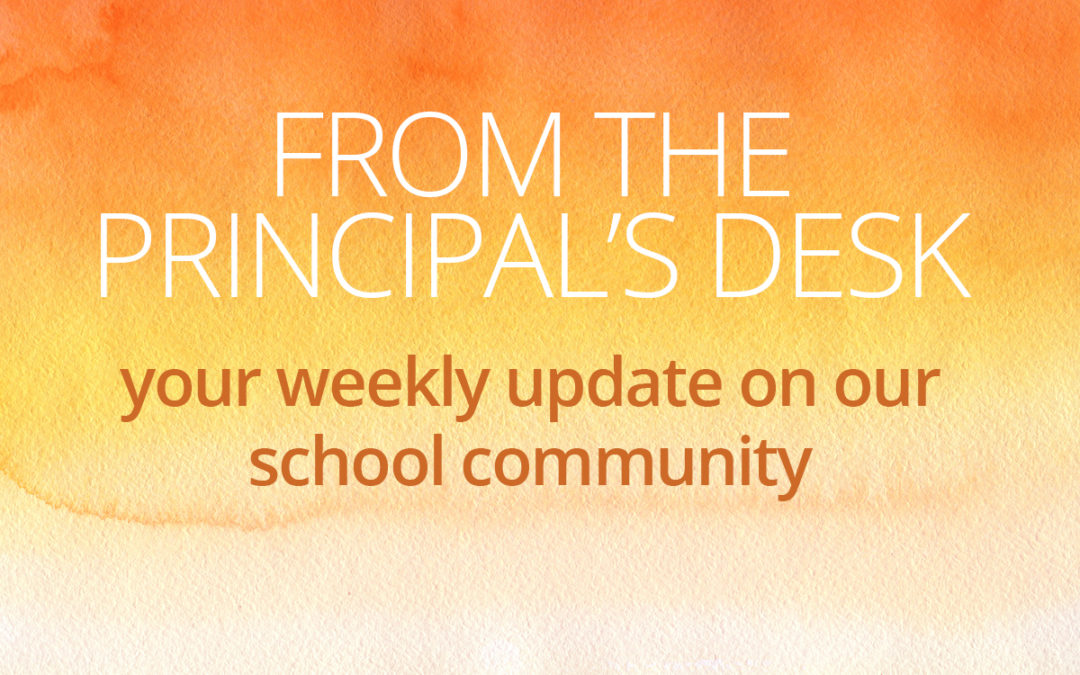Models for Social Collaboration
There is a unique lens for viewing the governance of Waldorf Schools, originally envisioned by Rudolf Steiner after the political chaos following the first world war and the ensuing rise of fascim and communism. A century before, French revolutionaries rallied around the cry of “Liberty, Equality and Fraternity.” While these universal values are essential to realizing our greater humanity and building more just societies, Steiner also saw how they can be misapplied, reversing the benefits that they may otherwise bring. Steiner brought a new way of imagining how society could work, and suggested that we start applying these ideas in cultural organizations such as Waldorf schools.
Take the value liberty. As parents, we know that children need boundaries and societies need to have laws that are agreed to be just and fair. If business and people act as if they can do whatever they want for reasons of personal liberty, only greed and self interest is served. Liberty is appropriately applied to the creative and cultural realms. Scientists need free thought and speech to research and share their findings, the Waldorf kindergarten nurtures the development of imagination through free play, and in Grades we nurture creativity and intellectual flexibility through the arts, independent observation and open-ended questions. The Waldorf school cherishes the autonomy of its teachers (within the structures of shared agreements and standards) so that they can bring the best of their individual natures to meet the needs they see in their classrooms each day.
Consider equality, which is appropriately applied to governance, and represented in schools by the board of directors and our administrative policies. Children know that everyone needs to follow the same rules or it isn’t fair. Our regulatory policies should apply equally to each student, individual and family in a transparent way. But in the classroom, children have different strengths and learning needs. The teaching strategies that work for one child will need to be modified for another, and if we try to tether creative thought, we lose the power of inspiration. Some of the most egregious abuses of ‘equalitiy’ can been seen in colonial cultural policies banning indigenous language and culture, or the equally insidious practice of presenting a homogenous view of society where non dominant cultures do not see themselves reflected except as other. We need to approach children with the understanding that we each come with a unique personal and cultural identities that bring value to the whole.
This brings us to the realm of brotherhood, which we can express more neutrally as enlightened mutual interest, where we are able to use our gifts in the service of others. We experience this in its purest and most joyful form when we participate in our local economy and connect with local producers and suppliers. Brotherhood is experienced negatively in the governance realm as favoritism, and many of us have experienced its misapplication in the creative realm if we tried to dress the same as our peers in order to fit in instead of expressing an individual style. In the Waldorf school, brotherhood lives most fully in the parent body. Parents support the financial health of the school by paying tuition and form the social network where people develop strong ties with each other. When a family experiences a tragedy or crisis, members of the community come forward to help. Our tuition assistance program enables the principal of brotherhood to flourish as it ensures a student body from diverse economic and social backgrounds.
Working with these ideas brings clarity to how we organize our structures and how we work with each other.
– Gabriel

